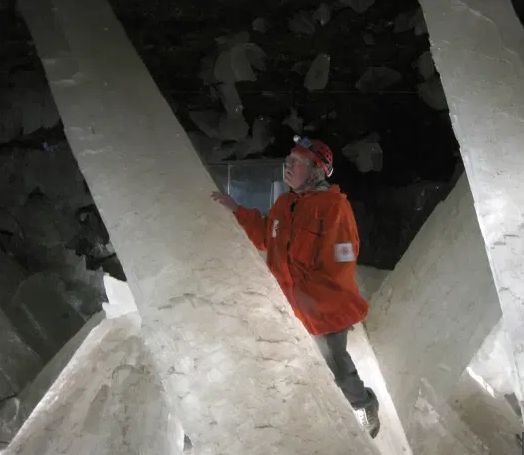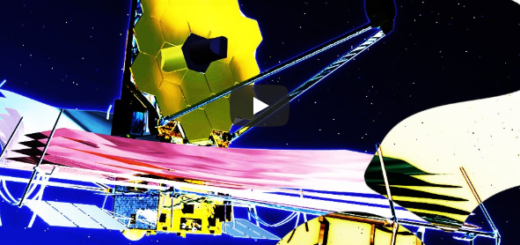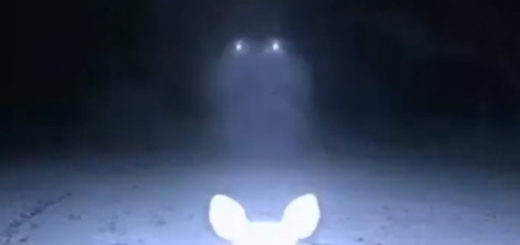NASA boosts hopes of finding aliens with discovery of ancient life trapped inside ‘Hell’ crystals

SCIENTISTS have found bugs living inside giant crystals for up to 60,000 years in a discovery that boosts hopes of finding similar life forms on other planets.
Around 100 different tiny bugs, most of which are bacteria, were discovered by NASA scientists inside five metre long gypsum crystals located in a Mexican cave system.
The amazing crystals sit above a large body of volcanic magma (lava located underground) and heat the cave to 60C – an environment dubbed hell by scientists.
NASA revived some of the alien organisms in a move that has boosted hopes of finding similar life forms in extreme environments on other planets – an alien species.
Of the 100 bugs found in the Naica Mine in Chihuahua state, 90% had never been seen before with the crystals found in caves the size of cathedrals.
The crystals looked so other-worldly that one of NASA’s top scientists thought the images were a Photoshop hoax.
Penelope Boston, director of NASA’s Astrobiology Institute, have spent years exploring the cave system and explained the bugs were found in a state of ‘geolatency’ – where living organisms are suspended in geological materials for long periods of time.
The team of researchers estimate that the life forms have been preserved for between 10,000 and 60,000 years in an environment most of Earth’s life forms could not survive in.
It is thought that the bugs in the cave have evolved to feed on the sulphides, iron, manganese or copper oxides that build up in the underground system.
Dr Boston said: “They’re really showing us what our kind of life can do in terms of manipulating materials … These guys are living in an environment where there’s not organic food as we understand it.
“They’re an example at very high temperatures of organisms making their living essentially by munching down inorganic minerals and compounds. This is maybe the deep history of our life here.”
Describing what working in the cave was like, she said: “It was a transformative experience … it really felt strange. It was a very hard environment to work in, but tear-inducingly beautiful.”
Other caves within the underground system are too dangerous to explore but could also possess other “weird life forms”.
NASA currently has plans to bring back rock and ice samples from Europa, an icy moon of Jupiter, which is thought to have some kind of life as it has a salty ocean beneath its crust.
Dr John Rummel, from the Seti Institute, said: “If we bring samples back from either Europa or Mars, we will contain them until hazard testing demonstrates that there is no danger and no life, or continue the containment indefinitely while we study the material.
“It is assumed that such life would be hardy – to survive the trip to Earth; not easy – and precautions taken would provide a very high degree of containment.”



 Creators of mankind
Creators of mankind Description of “Tall white aliens”
Description of “Tall white aliens” Where they came from?
Where they came from? About hostile civilizations
About hostile civilizations The war for the Earth
The war for the Earth “Tall white aliens” about eternal life
“Tall white aliens” about eternal life Video: “Nordic aliens”
Video: “Nordic aliens” Aliens
Aliens Alien encounters
Alien encounters The aliens base
The aliens base UFO
UFO Technology UFO
Technology UFO Underground civilization
Underground civilization Ancient alien artifacts
Ancient alien artifacts Military and UFO
Military and UFO Mysteries and hypotheses
Mysteries and hypotheses Scientific facts
Scientific facts


















